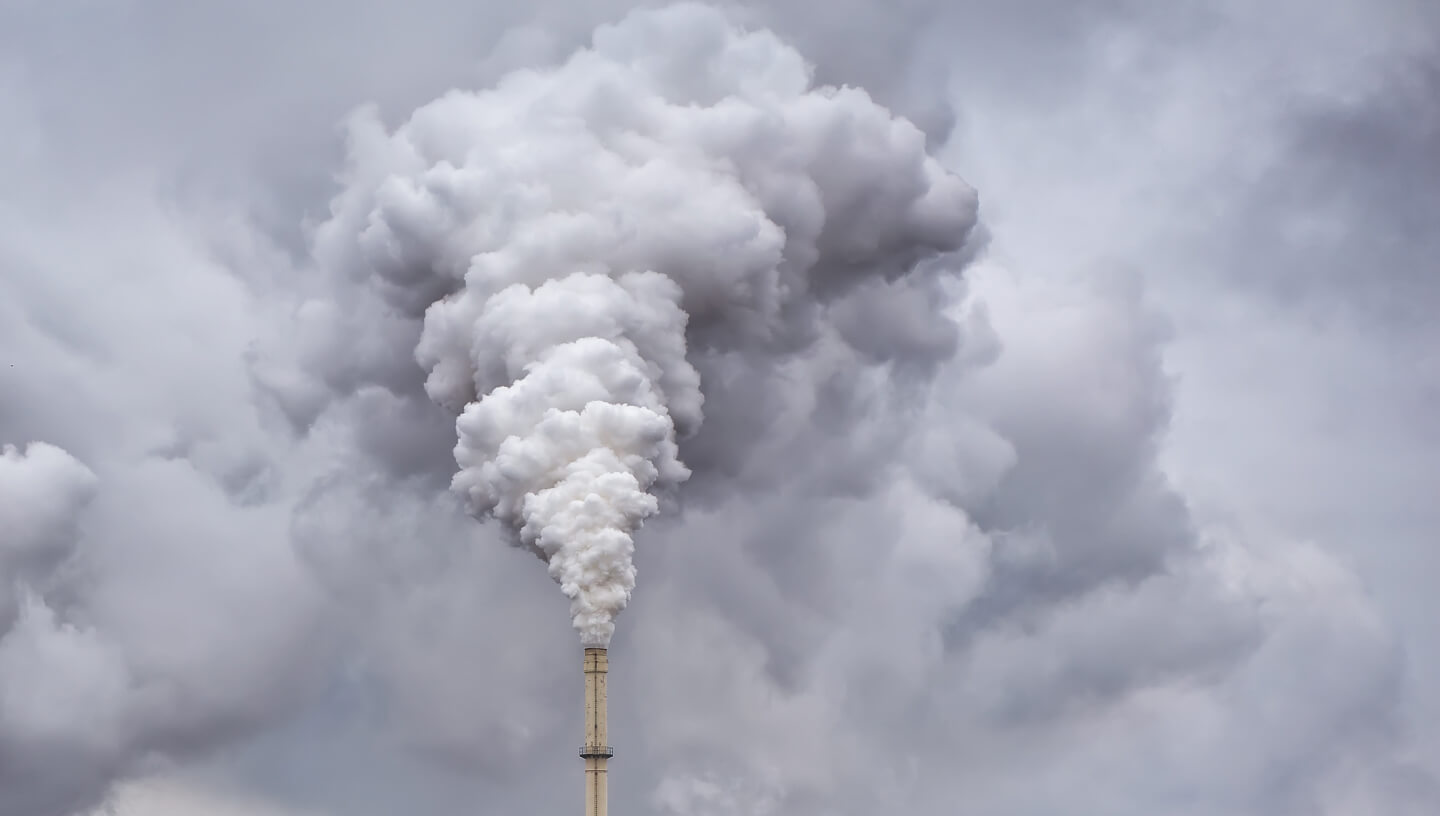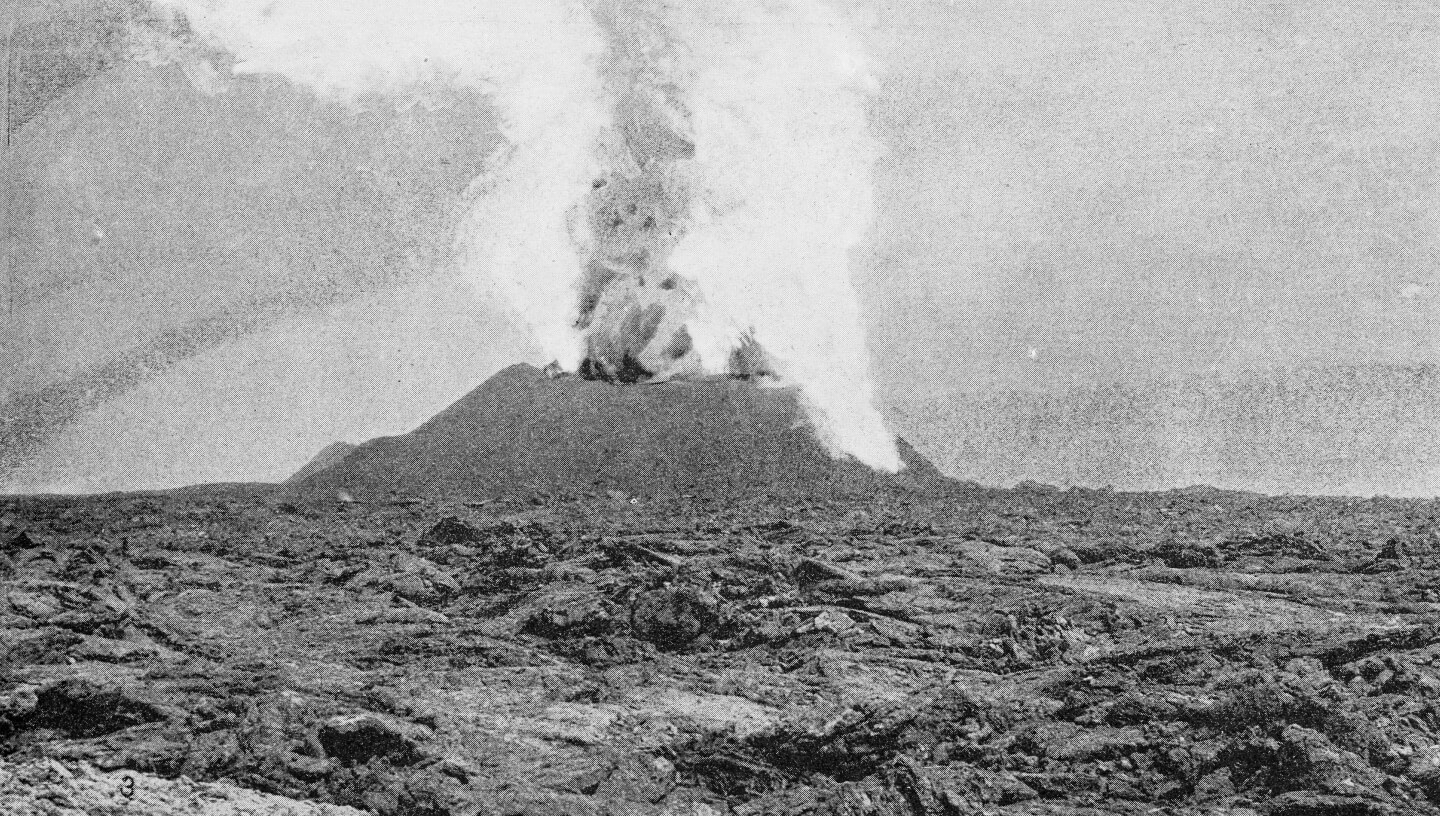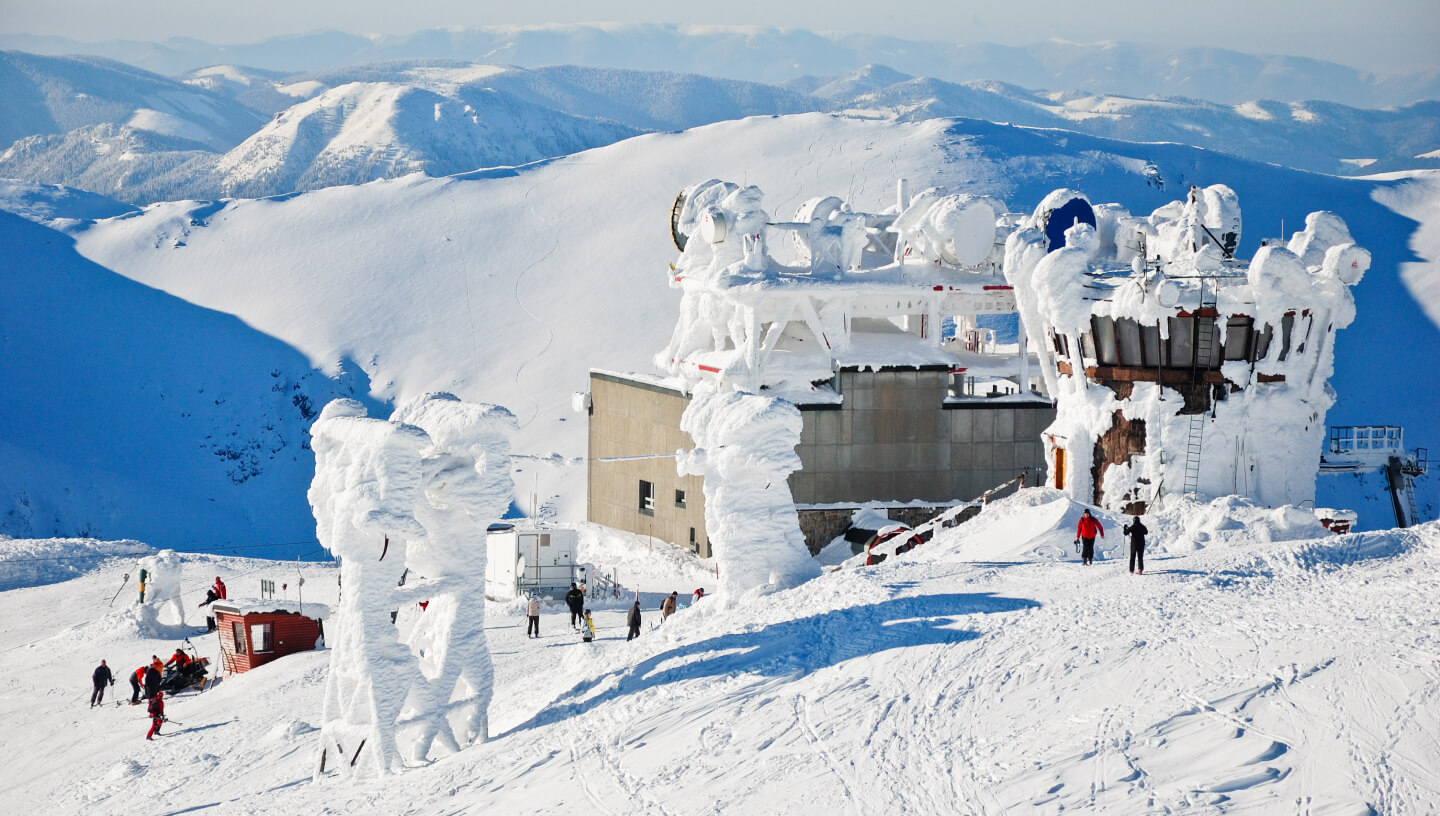Global warming is caused by human activities. By the end of the 21st century, it could lead to widespread famine, water shortages, mass migration and the extinction of 40 per cent of the planet’s animal species. We tell how scientists estimate models for negative consequences, what measures science suggests and what will happen if efforts are insufficient.
Climate change: natural factors
The Earth’s climate is constantly changing under the influence of many factors at once. First and foremost, the climate is directly affected by the continuous tectonic movements of the lithospheric plates, as they cause the area, topography and location of the continents and oceans to change.
In addition, our planet is subject to the laws of celestial mechanics — with a certain periodicity (we are talking about periods of tens and hundreds of thousands of years) various parameters of its orbit and rotation axis, and thus the distribution of sunlight over the Earth’s surface change. This is the main reason for the constant change of global glaciations and climatic optimums (warming periods).
The luminosity of the Sun itself also changes periodically. For example, this was one of the reasons for the so-called Little Ice Age, a global cooling in the fourteenth and nineteenth centuries.
Climate is also affected by the Earth’s albedo, which is not a constant reflection of the Earth’s surface. For example, the ice sheet reflects light the most, which means that as the ice melts, the planet stores more heat and gives it away more quickly as glaciers melt.
The amount of heat stored in the oceans is also constantly changing, as is the pattern of heat distribution across the planet with the movements of the water column — this is affected by many parameters, from the volumes of the global ocean (i.e. water level) to the geography of currents.
In addition, the chemical composition of the Earth’s atmosphere varies — the proportions of the gases that make it up affect its transparency, which determines how much light, and with it heat, reaches the Earth’s surface, and its ability to trap radiation reflected by the planet’s surface.
Finally, climate not only determines the state of ecosystems and affects life on Earth, it also directly affects climate. Primarily, ecosystems influence atmospheric chemistry: living plants absorb carbon dioxide and dead plants give it back, soils emit methane and so on.
 Photo by: ESOlex / iStock
Photo by: ESOlex / iStock
The anthropogenic factor: how climate is affected by humanity
Since the onset of active industrialisation in the 19th century, humanity has also had a tangible impact on the climate, through changes in the chemical composition of the atmosphere. As energy, industry, transport and agriculture develop, more and more greenhouse gases are released into the air. The anthropogenic factor is now recognised as the decisive one.
Greenhouse gases are gases with high transparency in the visible range and high absorption in the infrared. That is, they allow sunlight to penetrate well into the earth’s surface but also block out heat (infra-red) radiation emanating from it. This mechanism is called the greenhouse effect.
In general, the greenhouse effect is necessary for the existence of life on Earth. If greenhouse gases did not exist, the average temperature at the surface of the planet would be -18 °C. Many plants and other forms of life would not be able to grow under such conditions.
What is interesting: simple water vapour is responsible for most (up to 70%) of the greenhouse effect. Its concentration in the atmosphere fluctuates constantly — it depends on the temperature of the air: the warmer it is, the faster the moisture evaporates, saturating the atmosphere with steam.
As humankind’s technological development has intensified, the amount of greenhouse gases in the atmosphere has increased, and the greenhouse effect has intensified, thus heating up the Earth beyond repair.
76% of global greenhouse gas emissions come from carbon dioxide (carbon monoxide, CO2). Its natural sources are the respiration of almost all living things, decomposition of plants, animal waste and volcanic activity. Human-made CO2 is released into the atmosphere through the burning of fossil fuels, solid waste, trees and other biomaterials, and through various chemical reactions, such as the production of cement. Since the beginning of the industrial revolution, carbon dioxide levels in the earth’s atmosphere have increased by 149%.
Methane (CH4), which absorbs infrared radiation 25 times more than CO2, is responsible for 16% of global greenhouse gas emissions. In nature, methane is emitted by swampy and overwatered soils and by the digestion of many animals. Humankind generates methane emissions from the mining, transportation and processing of coal, natural gas and oil, as well as from agriculture — mainly ruminant breeding and rice paddies. Compared to pre-industrial levels, the concentration of methane in the atmosphere has increased by 262%.
Nitrous oxide (nitric oxide, N2O) accounts for 6% of greenhouse gas emissions. Its greenhouse activity (ability to absorb infrared radiation) is 310 times stronger than that of CO2, so even a small increase in its concentration is enough to noticeably increase the greenhouse effect. Sources of nitrous oxide in the atmosphere include agriculture, industry, fossil fuel and waste incineration, and wastewater treatment.
CFCs — synthetic fluorine, chlorine and bromine derivatives of methane, ethane and other saturated hydrocarbons (CFC, HFC, HCFC) — account for no more than 2% of greenhouse gas emissions. They are emitted from many industrial processes and are dangerous because their greenhouse gas activity is thousands of times greater than that of CO2.
According to the conclusions of the Intergovernmental Panel on Climate Change (IPCC), since 1850-1900 the average global temperature on the planet has risen by about 1 °C, or 0.8–1.2 °C to be precise, as a result of the increase in anthropogenic greenhouse gas emissions.
According to the World Meteorological Organization (WMO), the average temperature in 2021 was 1.11 °C (plus or minus 0.13 °C) above pre-industrial levels. In accordance with WMO Secretary-General Petteri Taalas, the global warming observed since the end of the 19th century is the strongest in the last 200,000 years, which would not have been possible without intensive greenhouse gas emissions from human activities.
 Archived photo of the Mauna Loa volcano in Hawaii
Archived photo of the Mauna Loa volcano in Hawaii
Photo from: ilbusca / iStock
How humanity has learned about its role in climate change
The mechanism of the greenhouse effect was first described by French mathematician and physicist Joseph Fourier in 1827. He also identified the main greenhouse gases: water vapour, carbon dioxide, methane and ozone. In 1859, the Irish physicist John Tyndall confirmed the existence of the greenhouse effect in laboratory experiments. He was also the first to formulate the assumption that by changing the concentration of greenhouse gases in the atmosphere, it is possible to influence the climate on the entire planet.
This hypothesis was developed by the Swedish physicochemist Svante Arrhenius, winner of the 1903 Nobel Prize in Chemistry. In 1896, he carried out calculations which showed that an increase in the concentration of carbon dioxide in the atmosphere from the burning of fossil fuels by humans could lead to a significant increase in the temperature of the planet. He was thus the first to speak out about the dangers of anthropogenic global warming. At the time, however, this conclusion did not resonate widely — most scientists were convinced that humans were too insignificant to affect the climate.
In 1938, British meteorologist Guy Callendar analysed data from 147 weather stations since the mid-19th century and found that global temperatures had risen by 0.3 °C over the previous 50 years. The researcher attributed the cause to greenhouse gas emissions from human activity — but at the time this was only a guess.
The first scientific evidence of an anthropogenic contribution to climate change was the work of American climatologist Charles Keeling. It happened in 1958, when he began continuous observations of the concentration of carbon dioxide in the atmosphere (at an observatory on Mauna Loa volcano in Hawaii; the measurements continue to this day). The first results show that the average annual temperature increases at the same time as the CO2 concentration.
The term “global warming”, used to describe the rise in global temperatures since the late 19th century and attributed to human emissions, was first coined by American climatologist Wallace Broker in 1975. At the time — 1970s and 1980s — there was a growing environmental movement around the world. The problem of climate change, which until then had only been known about by scientists, was becoming a public issue — public activists, politicians and businessmen started to pay attention to it.
 A weather station at the North Pole
A weather station at the North Pole
Photo: itchySan / iStock
How the world is fighting global warming
In 1988, the Intergovernmental Panel on Climate Change (IPCC) was established within the UN structure. It assessed the risks of global warming, its potential impacts and options for combating it internationally. In 1990, the IPCC published its first report, which came to the unequivocal conclusion that greenhouse gas emissions are indeed bringing additional heat to the earth’s surface and that, at the current rate, by mid-21st century temperatures unprecedented for humanity will have been reached.
Based on this conclusion, in 1992 more than 180 countries signed the UN Framework Convention on Climate Change, the first international document to combat global warming. The convention did not, however, set clear targets and ways of achieving them, but only outlined general lines of action to reduce the anthropogenic burden on the atmosphere.
The Kyoto Protocol, adopted in addition to the convention in 1997, was the first document to clearly spell out countries’ obligations to reduce emissions. The countries of the world agreed to reduce their emissions between 2008 and 2012 by 5.2 percent compared to 1990 levels. The document entered into force in 2005, but has proved ineffective. It set emission quotas for only a few developed countries, with the USA subsequently withdrawing from the agreement and others refusing to fulfil their obligations in the meantime.
In 2015, the Kyoto Protocol was replaced by the Paris Agreement. It was signed by 195 states and the EU and entered into force on 4 November 2016. To date, 186 countries and the EU have ratified it. The agreement established two key objectives:
- to prevent the average global temperature from rising more than 2 °C above pre-industrial levels by 2100;
- to do everything possible to keep warming to within 1.5 °C.
To achieve them, the parties to the agreement made the following commitments:
- to establish national plans for emission reduction, technological upgrading and adaptation to climate change;
- to review them upwards every five years;
- by 2020, to develop national strategies to transition to a carbon-free economy, in which industry does not burn fossil fuels and does not emit greenhouse gases;
- to begin, between 2050 and 2100, to limit human industrial greenhouse gas emissions to levels that trees, soils and oceans can process naturally.
In the years that followed, countries around the world began actively announcing plans to achieve carbon neutrality, that is, a balance of greenhouse gas emissions in which all emissions are offset by the absorption capacity of the country’s ecosystems. Sweden was the first country to set a carbon neutral target (by 2045) at the legislative level in 2017. To date, 136 countries have declared such goals. They account for 83% of global greenhouse gas emissions, 80% of the global population and 91% of global GDP.
About half of these countries aim to be carbon neutral after 2040 and another half after 2050. As of June 2022, 65 per cent of the countries have these targets set by law. By comparison, in 2020, only 10% were.
Russia ratified the Paris Agreement on 23 September 2019. The country plans to achieve carbon neutrality by 2060. This is the aim of the country’s low-carbon development strategy, which the Russian government approved on 1 November 2021.
Expected consequences of global warming
According to the latest IPCC conclusions, by 2100 the global temperature increase from pre-industrial levels (1850-1900) under different scenarios could be from 1.5 °C to more than 4 °C. The bad news is that the 1.5 °C scenario is not feasible. The IPCC report of August 2021 estimated a 50 per cent chance of that happening, assuming that no more than 500 billion tonnes of carbon dioxide are emitted between 2020 and the end of the century. To achieve this, global emissions would have to peak by 2025, fall by 43% by 2030 and fall to zero by 2050.
But the commitments that the countries of the world have made to date are not enough. Currently, about 40 billion tonnes of carbon dioxide are emitted into the atmosphere every year. If current climate change commitments are fully implemented, not only will CO2 emissions not decrease, but they will actually increase by 14 percent in the next 10 years. As a result, experts predict that the 1.5 °C mark will be passed by 2040.
Global warming already threatens to cause global hunger, drinking water shortages and mass resettlement by the middle of the century. Even at a warming of 1.5 °C, humanity would lose 8% of its arable land. At 2 °C warming, up to 3 billion people, including more than a third of the population of Southern Europe, would face water shortages.
By 2030, 700 million people are expected to be displaced by droughts alone. The number of refugees will increase if we take into account coastal residents who will have to flee rising sea levels. By the end of the century, it could rise by as much as 0.15 to 0.75 m, depending on how much warmer the planet gets.
Global warming threatens not only humanity, but life on Earth as a whole. A warming of 1.6 °C will put more than 10% of animal species at risk of extinction. At a warming of 2.1 °C, the proportion would rise to 20 % and at a warming of 4 °C to 40 %.
A warming of 1.5 °C would already kill 70–90% of all coral reefs, which provide much of the biodiversity of the oceans and support thousands of marine species. If temperatures rise by 2 °C, they will disappear altogether. A 3 °C rise in global temperature would seriously damage the habitats of 80% of all marine species in the Indian and Pacific Oceans; after a 4 °C warming, half of them would become extinct.
Clearly, the slim chance of staying below 1.5 °C is not a reason to give up. On the contrary, the world should make every effort to control global warming as much as possible to avoid the most dire consequences.
Author: Ivan Bolotov
Cover photo: Durand Thibaut / ABACA








Comments